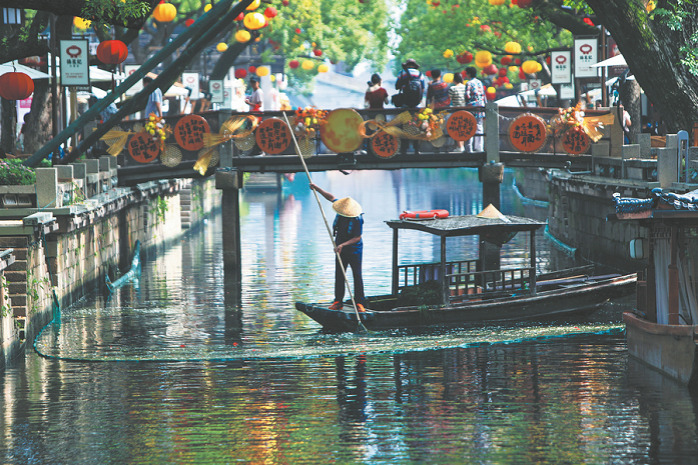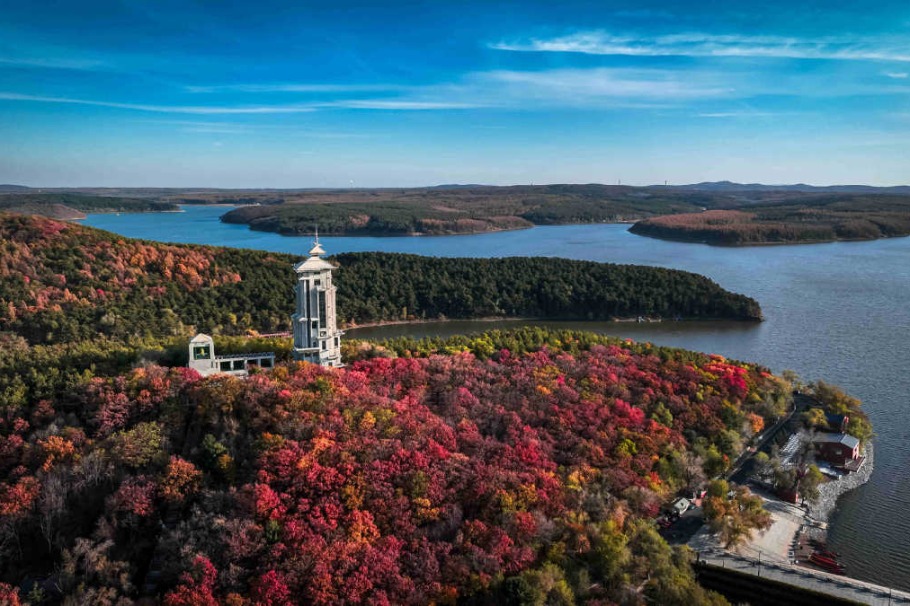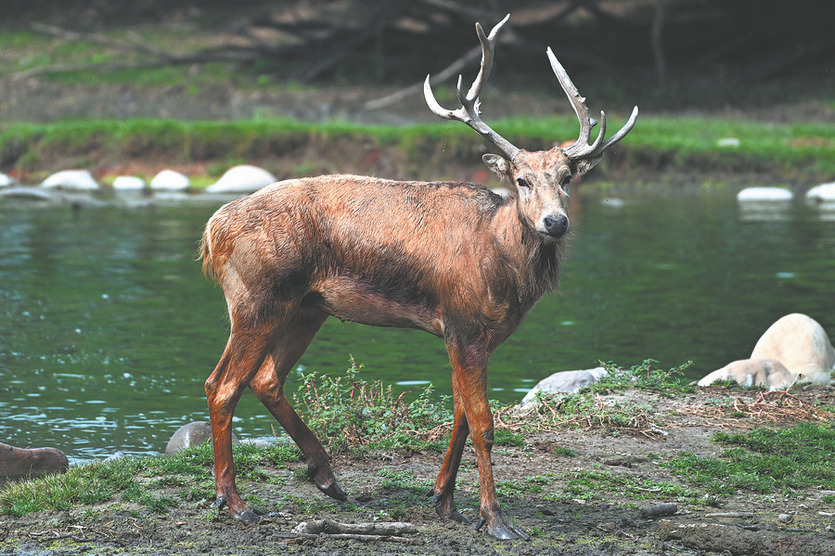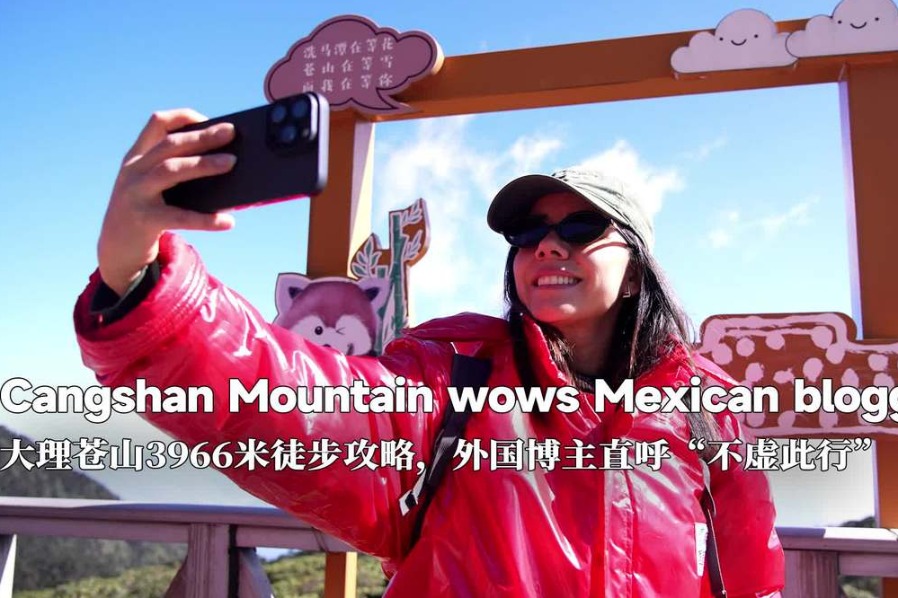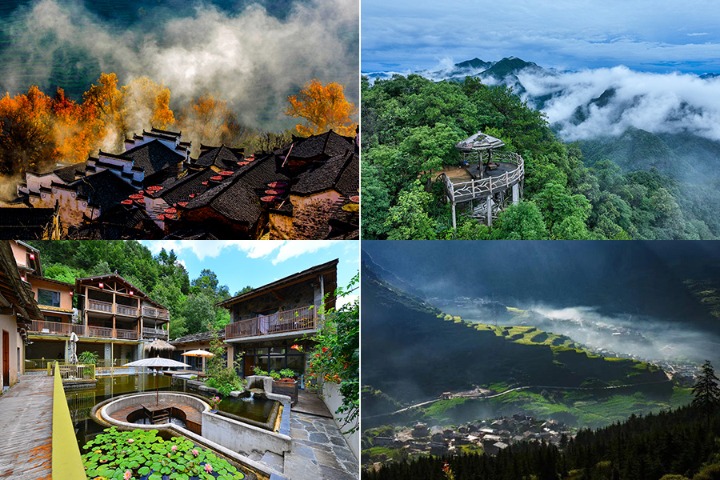The crown jewel of Yunnan
Villagers leverage the natural, beginner-friendly mountain environment to boost tourism and incomes, Yang Feiyue and Li Yingqing report.

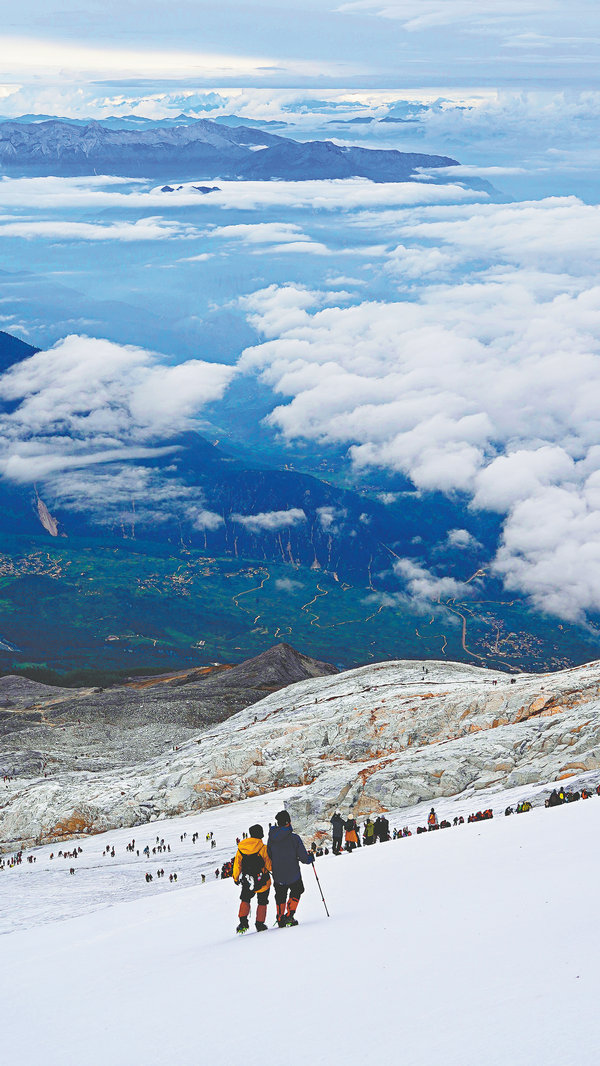
At a towering 5,396 meters, Haba Snow Mountain pierces the sky like a jagged silver crown. Its summit is eternally cloaked in snow, reigning over the surrounding lesser peaks that bow in reverence as their rugged silhouettes frame the mountain's solitary grandeur.
From the lush, moss-draped forests at 2,650 meters to the treacherous scree slopes and glaciers above 4,000 meters, the terrain violently morphs, running a 3,800-meter gauntlet of nature's extremes.
Rising like a frozen sentinel in the Diqing Tibetan autonomous prefecture, southwestern China's Yunnan province, Haba Snow Mountain stands as the province's sole climbable "starter" peak for mountaineering enthusiasts. Its relatively accessible glaciers and well-established routes have made it legendary among climbers nationwide.
Unlike the technical verticality of the Himalayas, Haba offers beginner-friendly snow trekking, making it an ideal training ground for ice axe and crampon (boot spikes) skills.
The classic ascent begins in Haba village at the western mountain foot, where the cobblestone streets buzz with excited climbers gearing up.
"One moment, you're breathing in the damp earthiness of ancient pines; the next, you're scrambling across ridges where the wind howls and rocks skitter," says Chen Jizhong, 33, who has ridden on the back of the mountain's rising popularity.
















